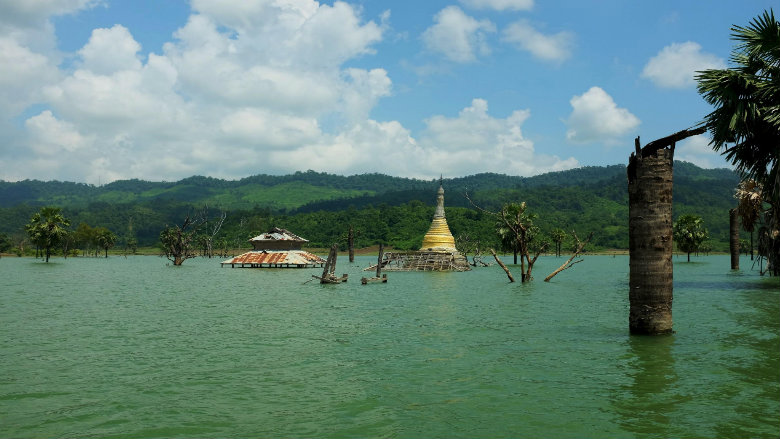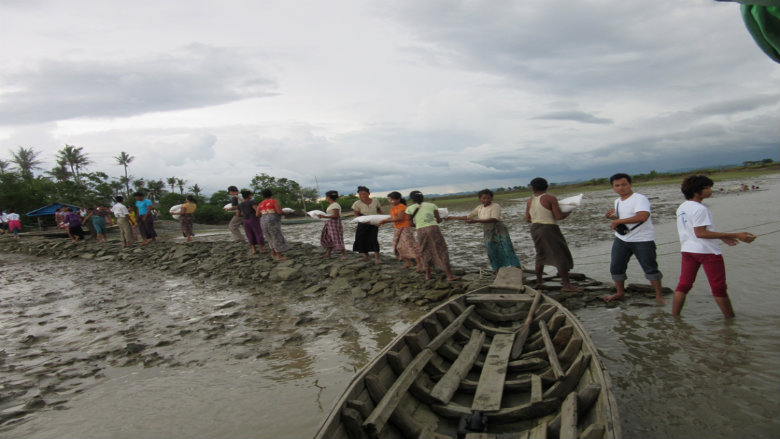Torrential rains and the onset of Cyclone Komen triggered severe, widespread floods and landslides in July and August 2015 across 12 of the 14 states and regions in Myanmar.
The Myanmar Post-Disaster Needs Assessment of Floods and Landslides highlight the extent of damage to the economy and aims to help inform the country’s recovery efforts. The assessment was led by the Government of Myanmar and jointly supported by the Japan International Cooperation Agency (JICA), the European Union, the United Nations system, the World Bank and other partners.
Key Findings
Impact of floods and landslides on the economy and people’s well-being:
- An estimated 1.6 million people were displaced from their homes and 132 lost their lives.
- The cost of destruction is equivalent to 3.1% of Myanmar’s gross domestic product (GDP) in 2014/2015
- GDP growth could drop by 0.8% in 2015/2016 if recovery efforts are not undertaken. The hardest hit sectors include agriculture, livestock, fisheries, and housing, accounting for about 90% of total disaster losses. Damaged were 20% of cultivated areas, equivalent to 4.2% of agricultural GDP
- Private enterprises, individual homeowners, and farmers were the most affected and had to bear the damages and production losses themselves — many with limited financial capacity and nearly no insurance coverage
- Ayeyarwady, Sagaing, and Bago states sustained the highest value of damages and production losses
- Chin residents experienced the most damages and losses of up to 132,560 Kyat ($115) per person, closely followed by Rakhine residents at 105,665 Kyat ($92)
- The floods and landslides has triggered widespread decline in the quality of life for the disaster-affected population, especially for more vulnerable population groups like women, children and the elderly
Going forward, there is a need to prioritize recovery and reconstruction activities:
- Focus on specific needs among states, townships, and village tracts
- Provide quick assistance to the agricultural producers unable to rebound by themselves
- Restore livelihoods through cash transfers, expanding microcredit, restructuring loans to providing debt relief for small and medium-sized enterprises and farmers
- Rapidly support the reconstruction of housing through cash grants
- Implement an integrated approach to environmental and water resource management to build resilience to natural hazards
- Address the increasing vulnerabilities to disasters given Myanmar’s high exposure to natural hazards
- Strengthen the capacity of relevant institutions to lead and manage recovery efforts
- Use and strengthen local capacities, good practices and indigenous knowledge

